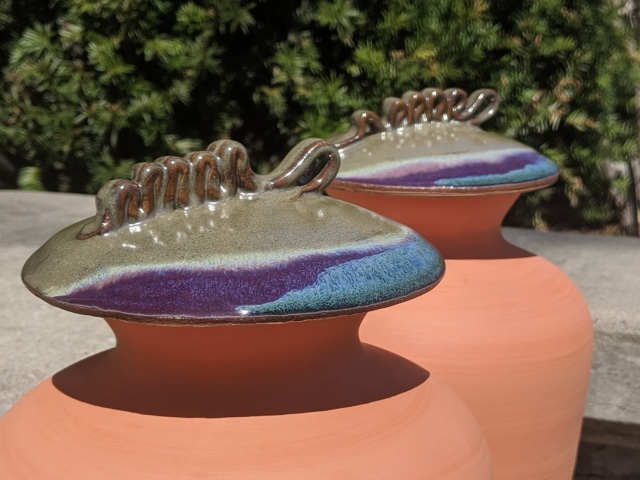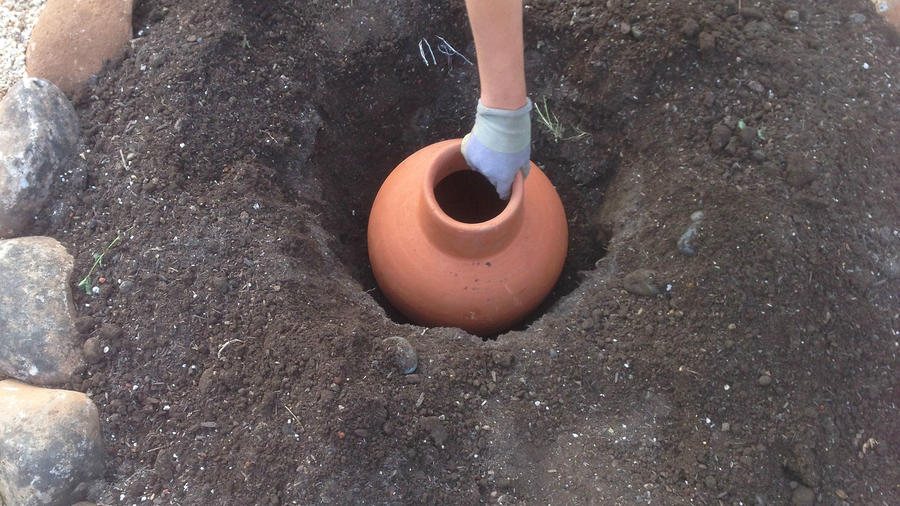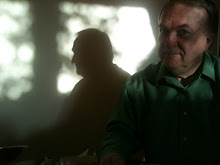Water Management using ollas and drip irrigation. Recommendations for OneWintryNight, Sunset magazine, and Rachio's smart watering controller.
Irrigation, Water Management in an Arid Climate
As I write this, we are lapping at the shore of an atmospheric river fed by a pineapple express created by a bomb cyclone. I say at the shore as we seem to be on the edge of recent storms, but they seem to avoid our hill. So the irrigation of the garden continues to be important.
First a confession: I play way too much Civilization. By the hours played, I would be qualified by the calculations of Malcolm Gladwell to be a Civilization genius.
What does that have to do with this article? In the game, you try to start by a river. Pottery is discovered before irrigation.
In broad terms we think of irrigation as water moving in channels to our crops. We learn about the great civilizations that have grown along rivers such as the Nile, Indus, and Mekong, and the Yellow. Your ancestors may have diverted the rivers to irrigate crops (mine were living in caves in Britain). But at the same time people were moving rivers, for at least 4000 years, early communities were using unglazed clay pots to maintain soil moisture for their gardens and trees. They were using ollas to irrigate their plants. Olla is latin for clay pot, and it too can be used for irrigation.
Using an Olla for Water Management
Water is a precious resource. An Olla helps maintain water as a resource in your garden.
Bury a narrow-neck unglazed pot with a wide bottom into the soil. Leave the top exposed. Fill the pot with water. Then use a small clay plate or stone to cover the pot to keep out pests and reduce evaporation. The hydrostatic pressure (the difference in water pressure between two zones) will draw the water out of the porous pot. Keep the pot filled with water and that area of the garden will have the moisture it needs. One interesting concept with this technology: If the soil is soaking wet, such as after an atmospheric river type storm, the hydrostatic pressure is reversed. The water will flow into the pot and the cycle will reverse if the soil dries.
Recommendations
 You can find beautiful (the lid can be pretty) ollas on Amazon. I really like this small US company out of Wisconsin: https://www.onewintrynightollas.com/ It is a small business that has a great product.
You can find beautiful (the lid can be pretty) ollas on Amazon. I really like this small US company out of Wisconsin: https://www.onewintrynightollas.com/ It is a small business that has a great product. A good tutorial on using an olla from Sunset magazine is found here: https://www.sunset.com/garden/how-to-use-an-olla-to-water-your-garden
 |
| from Sunset magazine |
In my Master Garden program at the University of California, I saw ollas in Riverside.
Second confession: I do not pay for water. At least not directly. Water is included in my association fees. My association fees also include a pool condemned by the county and a tennis court with small canyon size fissures. But the water works.
Water Management at the TownHouse Gardens
Water Management on my latest Gro-Cart.
Parts:












Very interesting. I never heard of Ollas before. In the East we mostly just expect rain to happen on a regular basis... :)
ReplyDelete